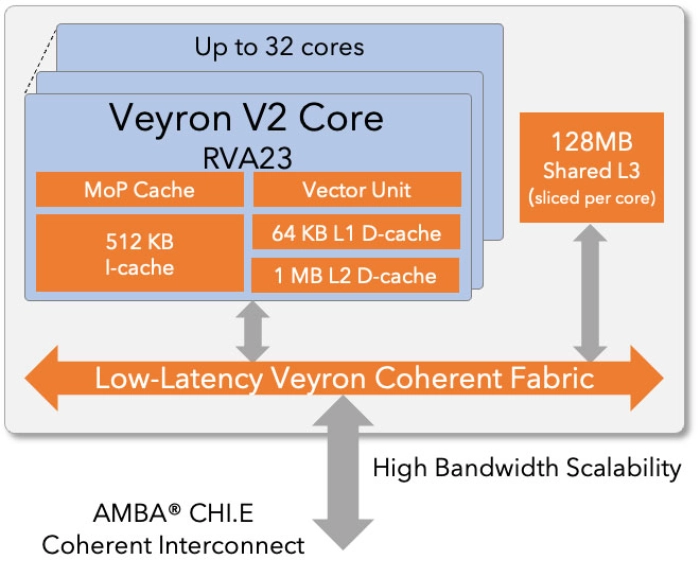The Pulse
-
Qualitas Semiconductor Expands Automotive Momentum with 5nm IP Bundle Agreement
2025-12-24T02:14:00+00:00
-
Paving the Road to Datacenter-Scale RISC-V
2025-12-23T15:21:00+00:00
-
Enhancing Data Center Architectures with PCIe® Retimers, Redrivers and Switches
2025-12-22T14:30:51+00:00
-
A 14ns-Latency 9Gb/s 0.44mm² 62pJ/b Short-Blocklength LDPC Decoder ASIC in 22FDX
2025-12-22T09:04:39+00:00
-
ReRAM in Automotive SoCs: When Every Nanosecond Counts
2025-12-19T12:44:22+00:00
-
Cyient Semiconductors Acquires Majority Stake in Kinetic Technologies to Drive Custom Power IC Leadership for Edge AI and High-Performance Compute Markets
2025-12-19T09:28:01+00:00
-
Rivian Unveils Custom Silicon, Next-Gen Autonomy Platform, and Deep AI Integration
2025-12-18T19:37:00+00:00
-
AndeSentry – Andes’ Security Platform
2025-12-18T15:02:00+00:00
-
NanoXplore raises €20 million from MBDA and Bpifrance to accelerate its diversification into defense and its growth in support of European strategic sovereignty
2025-12-18T14:45:56+00:00
-
Omni Design Technologies Appoints Hinesh Shah as Vice President of Strategic Sales
2025-12-18T14:17:50+00:00
-
DHRUV64: India’s First 1.0 GHz, 64-bit dual-core Microprocessor
2025-12-18T12:55:30+00:00
-
QuickLogic Announces Expanded Scope of Strategic Radiation Hardened FPGA Contract
2025-12-18T12:20:59+00:00
-
Kandou AI Appoints Taher Madraswala as Chief Operating Officer
2025-12-18T11:50:00+00:00
-
Qualcomm Completes Acquisition of Alphawave Semi
2025-12-18T10:37:26+00:00
-
Cadence Tapes Out UCIe IP Solution at 64G Speeds on TSMC N3P Technology
2025-12-18T07:10:00+00:00
-
GlobalFoundries Accelerates and Strengthens Europe’s Semiconductor Ecosystem through Strategic Partnership with Cloudberry
2025-12-18T06:38:00+00:00
-
Mythic to Challenge AI’s GPU Pantheon with 100x Energy Advantage and Oversubscribed $125M Raise
2025-12-17T14:38:42+00:00
-
Formally verifying AVX2 rejection sampling for ML-KEM
2025-12-17T13:05:58+00:00
-
Accelerating Vehicle Electrification and Intelligence to Drive Automotive Semiconductor Market to Nearly US$100 Billion by 2029
2025-12-17T12:57:30+00:00
-
Integrating PQC into StrongSwan: ML-KEM integration for IPsec/IKEv2
2025-12-17T12:37:00+00:00
-
Cassia.ai Achieves Breakthrough in AI Accelerator Technology with Successful Tapeout of two Test Chips
2025-12-17T08:38:55+00:00
-
Pipeline Stage Resolved Timing Characterization of FPGA and ASIC Implementations of a RISC V Processor
2025-12-17T08:10:00+00:00
-
Toshiba to accelerate semiconductor design innovation with Siemens’ EDA software
2025-12-17T07:17:40+00:00
-
SEMIFIVE Strengthens AI ASIC Market Position Through IPO “Targeting Global Markets with Advanced-nodes, Large-Die Designs, and 3D-IC Technologies”
2025-12-17T07:10:18+00:00
-
Rapidus unveils new AI design tools for advanced semiconductor manufacturing
2025-12-17T06:44:40+00:00
The Semiconductor IP Marketplace that puts you first
Semi IP Hub's mission is to provide you with a platform where you can find Silicon IP cores for your next project without being harassed by dozens of sellers.
Here, your contact details are not shared with third parties unless you request to be contacted by a supplier.
Spotlight
-
HBM4 Controller IP
- Supports JEDEC standard HB4 DRAM
- DFI 5.1 compliant interface to HBM4 PHY
- Multiport Arm® AMBA® interface (AXI™) with managed QoS per pseudo-channel or single-port host interface(HIF), per channel
- Data rate support 12 Gbps or higher
-
IPSEC AES-256-GCM (Standalone IPsec)
- XIP7213E implements the Internet Protocol Security (IPsec) as standardised in RFC4303 and RFC4305.
- The IPsec protocol defines a security infrastrucure for Layer 3 (as per the OSI model) traffic by assuring that a received packet has been sent by the transmitting station that claimed to send it.
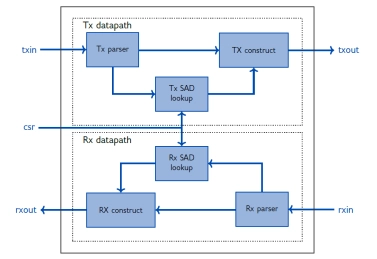
-
Functional-Safety & Secure LPDDR3 Memory Subsystem
- Safe & Secure-LPDDR3 that is ready for ASIL (Automotive Safety Integrity Level) and secure by design
- Functional Safety out-of-the box design, with an extensive ASIL documentation package.
- Integrated security features into the controller. Characterized for extended operating conditions and long-term reliability.
-
Parameterizable compact BCH codec
- Highly parameterizable
- Very low area (in the largest, n = 511 t = 16 configuration, the core uses just 17K gates in ASIC)
- Entirely self-contained (no external RAM required)
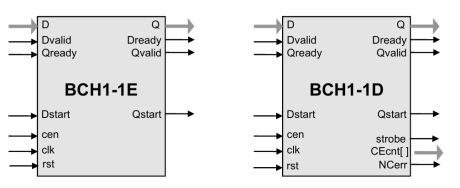
-
eFPGA IP — Flexible Reconfigurable Logic Acceleration Core
- RapidFlex eFPGA IP provides a reconfigurable, upgradeable, and iterative logic computing layer for SoCs, MCUs, AI accelerators, industrial control, and communication chips.
- Based on RapidFlex's self-developed ArkAngel® toolchain (AAEE), our eFPGA core delivers full-flow capabilities from architecture exploration → RTL → physical implementation (GDSII) → digital design flow verification, leading the industry in performance density, integrability, and toolchain experience.
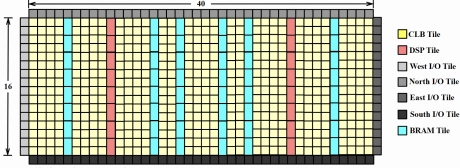
-
1G BASE-T Ethernet Verification IP
- The 1G BASE-T Ethernet Verification IP provides deliverables an effective & efficient way to verify the components interfacing with the Ethernet interface of an IP or SoC.
- The 1G Ethernet VIP is fully compliant with the IEEE standard 802.3 specification.
- This VIP is lightweight with easy plug -and- play interface so that there is no hit on the design cycle time.
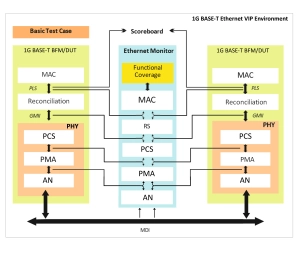
UCIe Controller IP View All
-
UCIe Die-to-Die Chiplet Controller
- High configurability and customizability
- Defines packets to communicate with a link partner using different AXI parameters
- Supports raw streaming modes
- Provides various Flit formats in UCIe v1.1 (filt format 2: 68B flit format, flit format 3/4: standard 256B flit format, and flit format 5/6: latency optimized 256B flit format)
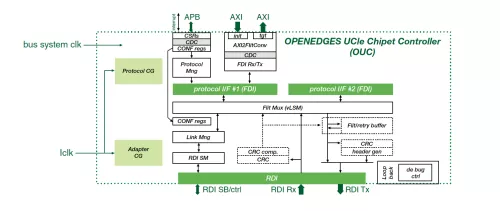
-
UCIe PHY & D2D Adapter
- 32Gbps UCIe-Advanced (UCIe-A) & Standard (UCIe-S)
- UCIe v1.1 specification
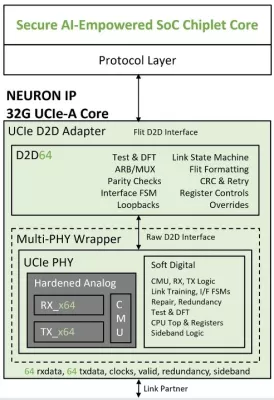
-
TSMC CLN5FF GUCIe LP Die-to-Die PHY
- IGAD2DY11A is an LP (Low Power) Die-to-Die (D2D) PHY for SoIC-X Face-to-Face advanced package.
- This GUCIe PHY not only supports UCIe specification rev 1.1 compliance physical layer and Raw D2D interface (RDI) but also optionally provides the
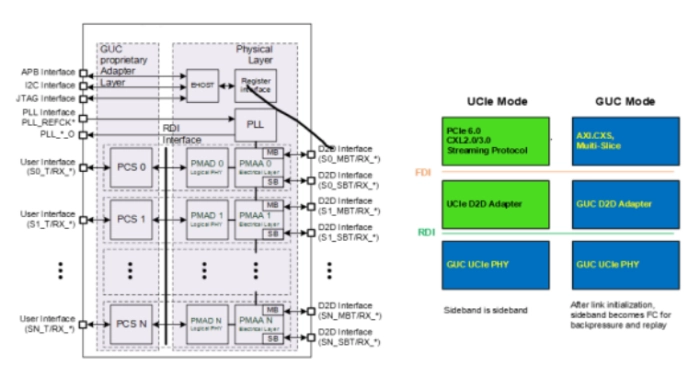
PCIe 7.0 IP View All
-
PCIe 7.0 Controller with AXI
- Optimized for high-bandwidth efficiency at data rates up to 128 GT/s
- Separate native TX/RX data path separating posted/Non posted/completion traffic
- Handles up to 4 TLPs per cycle
- Advanced PIPE modes and port bifurcation
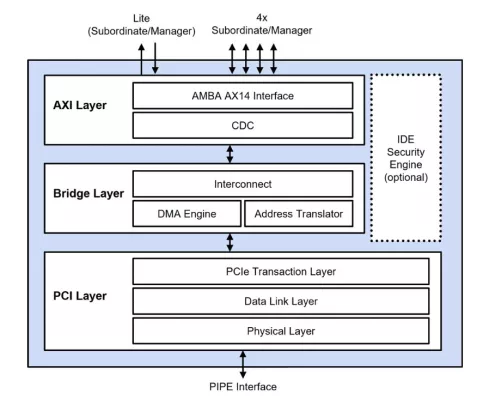
-
PCIe 7.0 PHY IP
- Physical Coding Sublayer (PCS) block with PIPE interface
- Supports PCIe 7.0, encoding, backchannel initialization
- Lane margining at the receiver
-
PCIe 7.0 PHY in TSMC (N5, N3P)
- Physical Coding Sublayer (PCS) block with PIPE interface
- Supports PCIe 7.0, encoding, backchannel initialization
- Lane margining at the receiver
- Spread-spectrum clocking (SSC)
AI IP View All
-
RISC-V CPU IP
- RISC-V RVA23 Compliant
- >18 SPECint2006/GHz
- 8-wide decode unit
- Advanced branch predictor
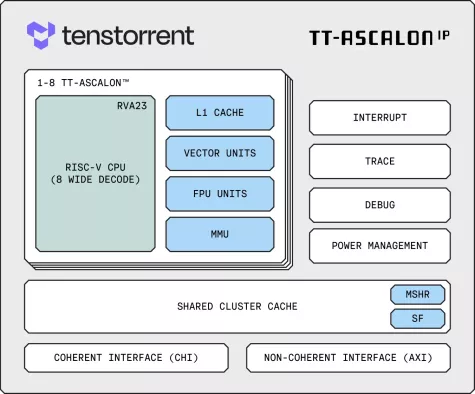
-
NPU IP for Embedded ML
- Fully programmable to efficiently execute Neural Networks, feature extraction, signal processing, audio and control code
- Scalable performance by design to meet wide range of use cases with MAC configurations with up to 64 int8 (native 128 of 4x8) MACs per cycle
- Future proof architecture that supports the most advanced ML data types and operators
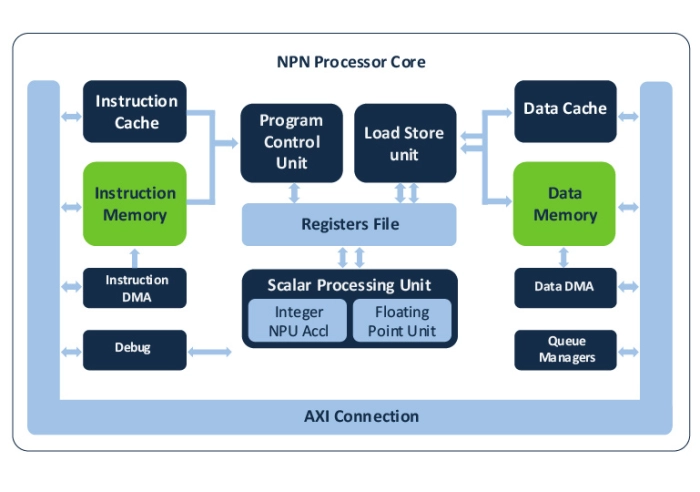
-
Future-proof IP for training and inference with leading performance per watt and per dollar
- RISC-V-based AI IP development for enhanced training and inference.
- Silicon-proven solutions tailored for AI workload optimization.
- Energy-efficient performance with industry-leading Perf/W.
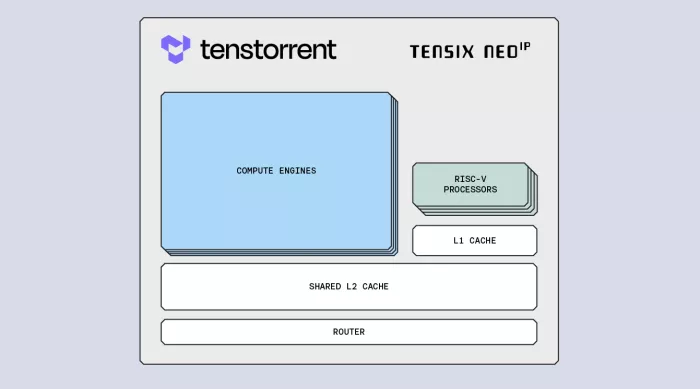
MIPI IP View All
-
MIPI C-PHY/D-PHY Combo CSI-2 RX+ IP (6.0Gsps/trio, 4.5Gbps/lane) in TSMC N6
- Dual mode PHY Supports MIPI Alliance Specification D-PHY v2.5 & C-PHY v2.0
- Consists of 1 Clock lane and 4 Data lanes in D-PHY mode

-
MIPI CSI-2 controller Receiver v 2.1, Compatible with MIPI C-PHY v1.2 & DPHY v2.1.
- Fully compliant to MIPI standard
- Small footprint
- Code validated with Spyglass
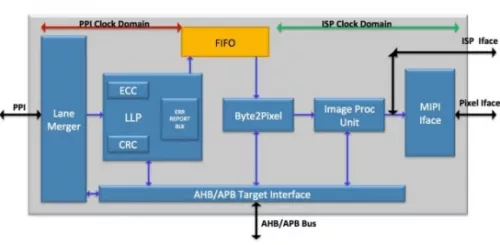
-
MIPI D-PHY IP for TSMC (5nm, 6/7nm, 12/16nm, 22nm, 28nm, 40nm)
- Compliant to MIPI Alliance Standard for D-PHY specification Version 2.1, 1.2, 1.1
- Supports standard PHY transceiver compliant to MIPI Specification
- Supports standard PPI interface compliant to MIPI Specification
- Supports synchronous transfer at high speed mode with a bit rate of 80-2500 Mb/s
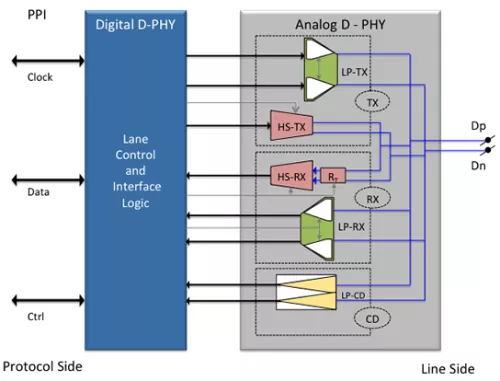
RISC-V IP View All
-
32b/64b RISC-V 5-stage, scalar, in-order, Application Processor. Linux and multi-core capable. Maps upto ARM A-35. Optimal PPA.
- 32/64 Bit RISC-V core
- 5-stage pipeline
- In-order, Single issue
- Multicore Capable (up to 8 cores)

-
Dual-issue Linux-capable RISC-V core
- 64-bit RISC-V core
- RVA22 profile
- Linux capable
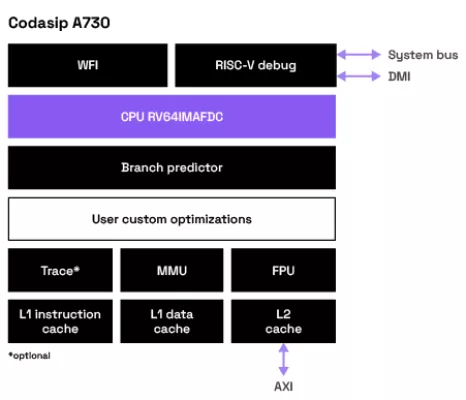
-
High-performance RISC-V CPU
- Fully compliant with the RVA23 RISC-V specification
- Comparable PPA to Arm Neoverse V3 / Cortex-X4
- Standard AMBA CHI.E coherent interface for SoC and chiplet integration
- Co-architected with Veyron E2 for seamless vector, AI acceleration, and big-little style heterogeneous compute configurations
